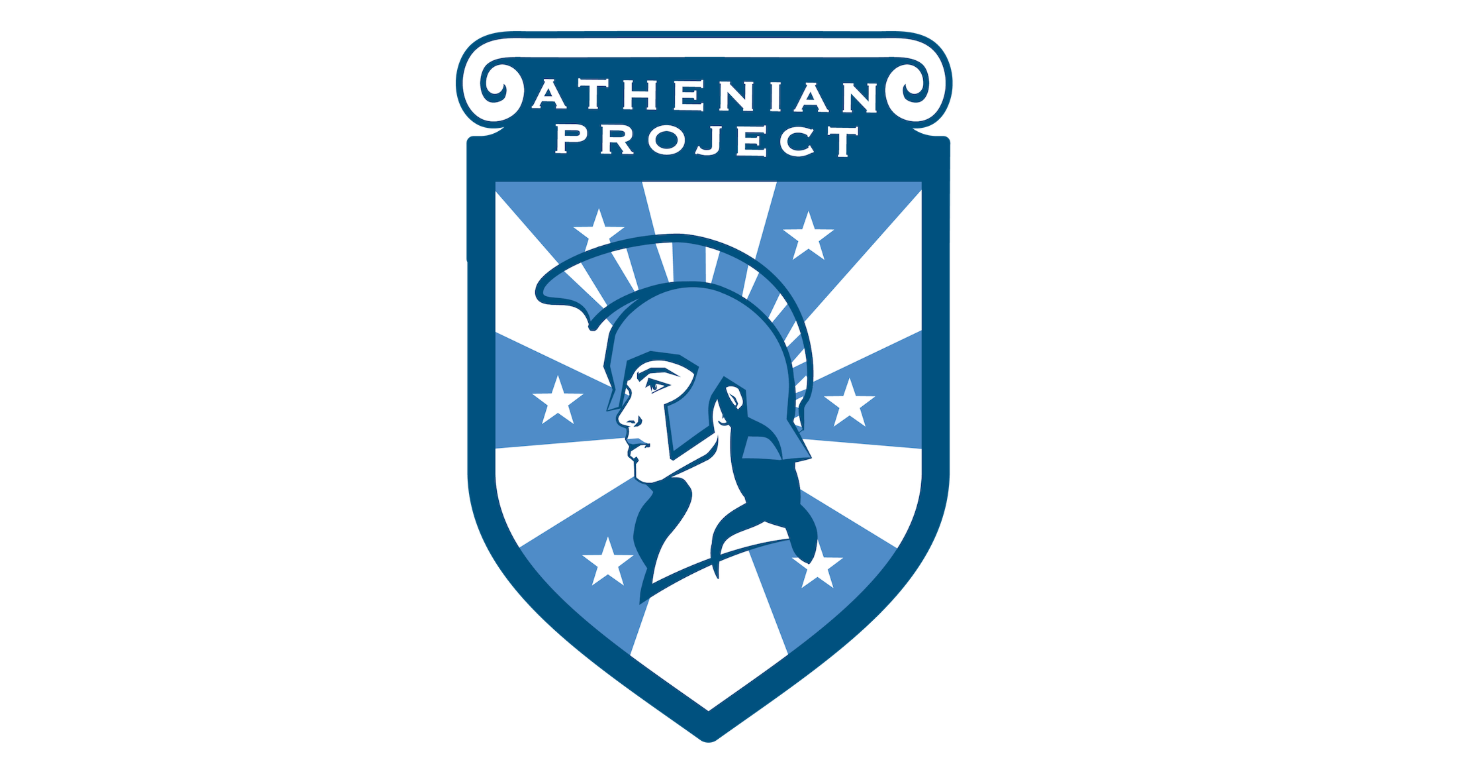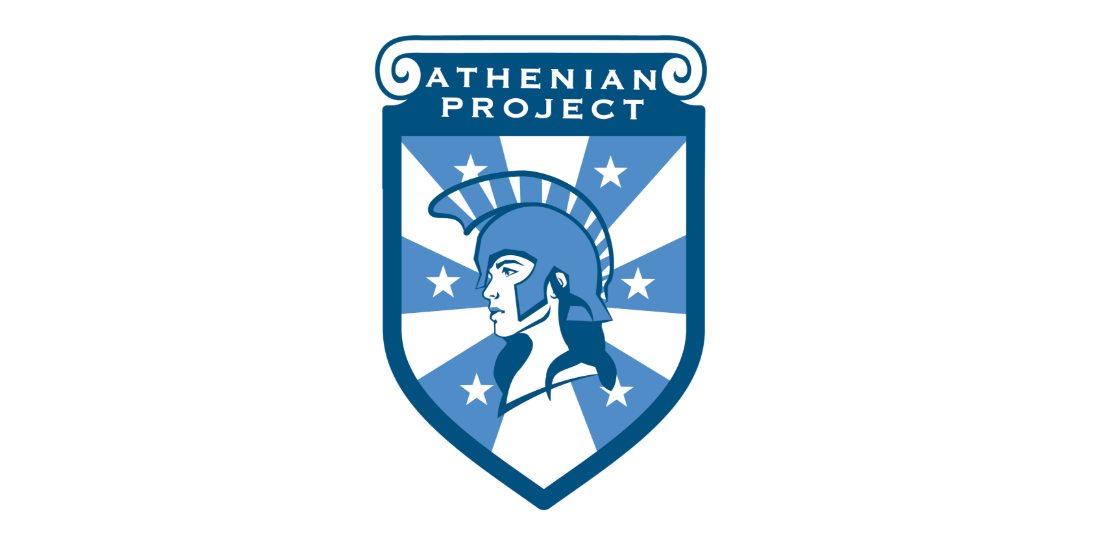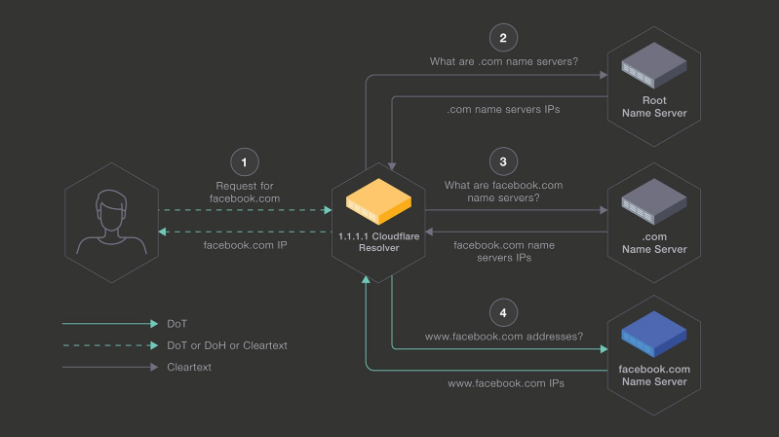Verify Your Segmentation is Working with Stealthwatch
Network segmentation…. air gap segmentation… the names go on and on. But no matter what you call it, you designed it and deployed it for a reason. Likely a very good reason. Potentially even a reason with fines and consequences should the segmentation not work. So once you deploy it…. what then? Just trust it is working and will always stay working?
 Trust, But Verify
Trust, But Verify
I admit I am likely viewed as boringly logical when it comes to the network. It just doesn’t seem logical to me to spend so many hours in the design and the deploy phase and then just trust that it is working.
Don’t just trust. Verify.
Use whatever tool you want. Just please… know what is really going on in your network. Know reality.
In this blog I’m going to show you how you can use Stealthwatch to get visibility into what is REALLY going on in your networking in reference to your segmentation.
How can Stealthwatch tell you if your segmentation is working or not? I refer to Stealthwatch as “Your Network Detective Command Center”. If Continue reading
 Trust, But Verify
Trust, But Verify


 SDxCentral Weekly Wrap for December 21, 2018: AT&T launches 5G, GE spins off Digital and IoT division, and AWS fires back at Oracle claims.
SDxCentral Weekly Wrap for December 21, 2018: AT&T launches 5G, GE spins off Digital and IoT division, and AWS fires back at Oracle claims.

 AT&T's launch of 5G services this week has taken the level of competition and snipping to a glorious new level showing that we are truly now entering the golden age of 5G.
AT&T's launch of 5G services this week has taken the level of competition and snipping to a glorious new level showing that we are truly now entering the golden age of 5G. The news comes as other manufactures including TSMC race to bring their next-gen silicon to market — and challenge Intel’s long-standing chip dominance in the data center.
The news comes as other manufactures including TSMC race to bring their next-gen silicon to market — and challenge Intel’s long-standing chip dominance in the data center. Google Cloud acquires DevOps Research and Assessment (DORA); Telecom Italia (TIM), Qualcomm, and Ericsson successfully complete a live video call using 5G mmWave spectrum; AT&T offers new security service.
Google Cloud acquires DevOps Research and Assessment (DORA); Telecom Italia (TIM), Qualcomm, and Ericsson successfully complete a live video call using 5G mmWave spectrum; AT&T offers new security service.


